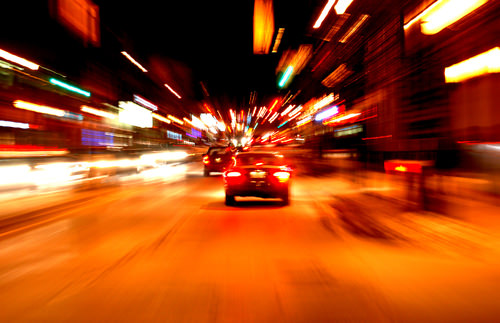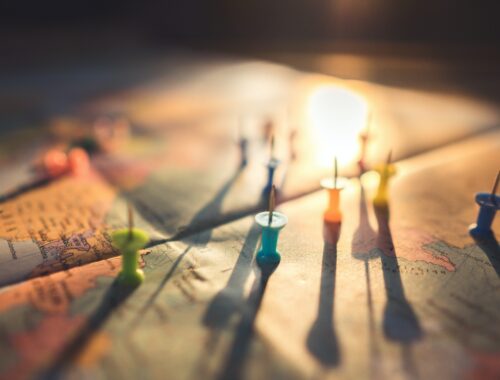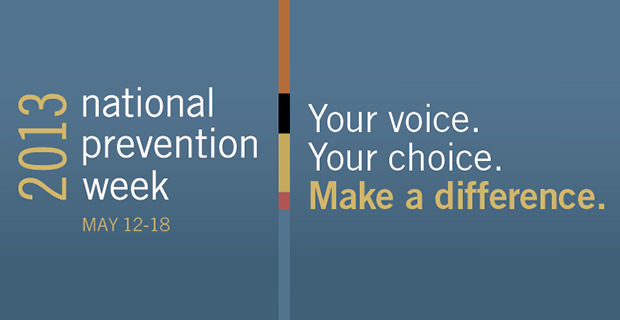What Is GHB?
Naturally produced by the body, Gamma-Hydroxybutyrate—commonly known as “GHB”—is a neurotransmitter that helps transmit messages in the brain. When produced synthetically, GHB is a central nervous system depressant, with intoxicating, euphoric and dissociative effects. With effects that resemble a combination of alcohol and ecstasy, GHB is referred to as “fantasy”—or do to its amnesiac effects, as “the date rape drug.” While still manufactured in some countries for medical purposes as a mild anesthetic, most of the recreational supply in the United States comes from underground labs instead of pharmaceutical companies.
What Does GHB Look Like?
In pure form, GHB takes the form of a white, crystalline salt. Depending on the level of purity, GHB can also experience slight color variations that give it an off-white or light yellow appearance. Liquid preparations of GHB tend to be both colorless and odorless and are often sold in small vials or dropper bottles.
How Is GHB Used?
In the 1960s, GHB served as an anesthetic, primarily used for women in childbirth within the European medical community. The 1970s found GHB traveling the club and party circuit due to its euphoric effects. In the 1980s, GHB became commonly available as a supplement used by body builders to increase the levels of human growth hormone (HGH) to ultimately build muscle. Some sufferers of insomnia also use GHB in order to attempt to facilitate sleep.
GHB can also be imbibed by drinking solutions made from the drug. Referred to with names such as “Liquid X” and “Liquid E,” GHB can be used recreationally, by diluting 500 to 3,000 mg in water and drinking it. GHB preparations can also be taken as shots known as “capfuls.” Due to its sedative and memory-impairing effects, GHB has facilitated numerous cases of date rape, as concentrated liquid preparations have been added to unwitting individuals’ drinks.
Is GHB Legal?
In 1990, the Food and Drug Administration (FDA) banned the sale of GHB in the United States, although possession remained legal. Ten years later, in 2000, GHB became classified as a Schedule I drug by the Controlled Substances Act—making it illegal to possess, sell, or distribute. However, GHB is still available directly from pharmaceutical manufacturers for use in treatment of neurological and psychological conditions like Parkinson’s and Schizophrenia—though only in specific, tightly controlled circumstances.




